Having props for virtual yoga classes is especially important because the teacher is unable to offer hands-on adjustments and cannot see students as well as in person, meaning students must be even more responsible for listening to their bodies and modifying poses in order to stay safe. But this doesn’t mean you have to spend money on a huge selection of pricey yoga props that will only be used rarely! While I love actual yoga props and always recommend having at least 1 or 2 blocks, below are my favourite at-home props that are likely already on hand and can be implemented in a variety of ways in your home yoga practice.

Books
Books can stand in for yoga blocks beautifully, offering support and bringing the ground higher up to meet your body. Use a stack of durable, hard-cover books to serve the purpose of blocks in most poses, from supporting the knees in baddha konansana (butterfly) to providing a higher surface for your hands in low lunge. Books with rounded corners and spines work better to prevent a sharp point from poking sensitive skin, bone, or muscle.
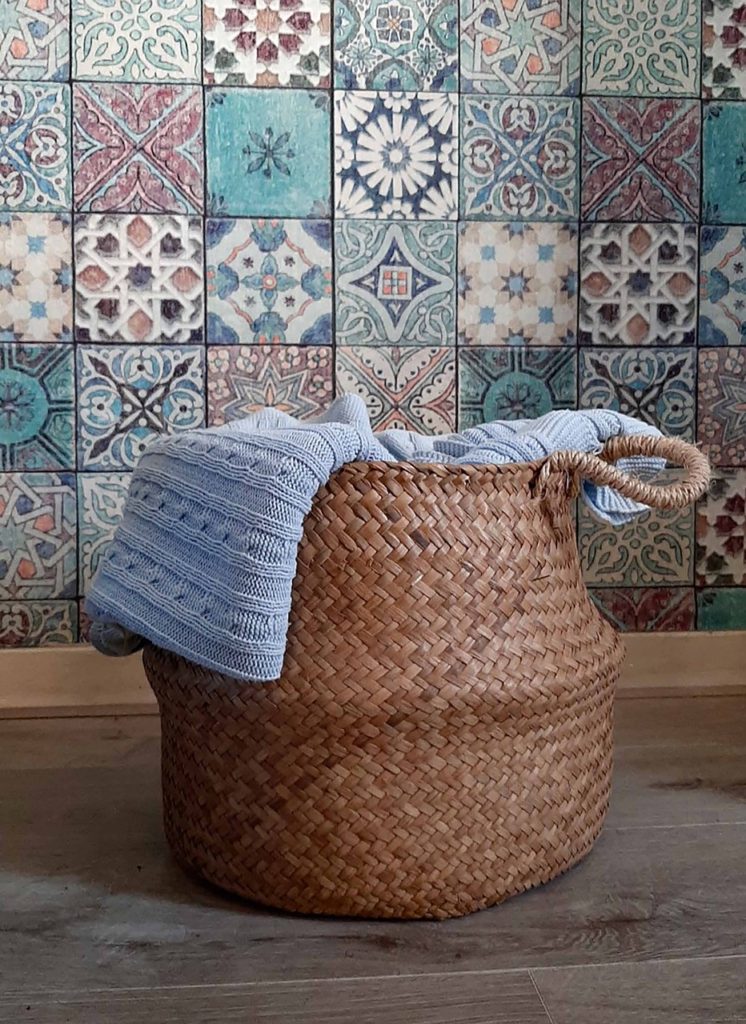
Blankets
You do not need a special Mexican blanket or yoga blanket for your yoga practice. Any blanket will do! Blankets are frequently utilized in yoga classes to provide cushioning and padding (especially for the knees), support the neck or back, fill space between the body and ground (i.e., in pigeon pose) and provide height under the sits bones for seated postures and meditation. As you can probably guess, any blanket will serve these purposes equally well as long as it can be folded to form a dense cushion. If you don’t have a yoga-specific blanket, throw blankets, knit blankets, couch blankets, etc. are all great alternatives. Ideally, have one more dense blanket (think knit) for folding up to provide support and height in seated postures, and another fuzzy, warm blanket for covering up in savasana and Yin and restorative poses.
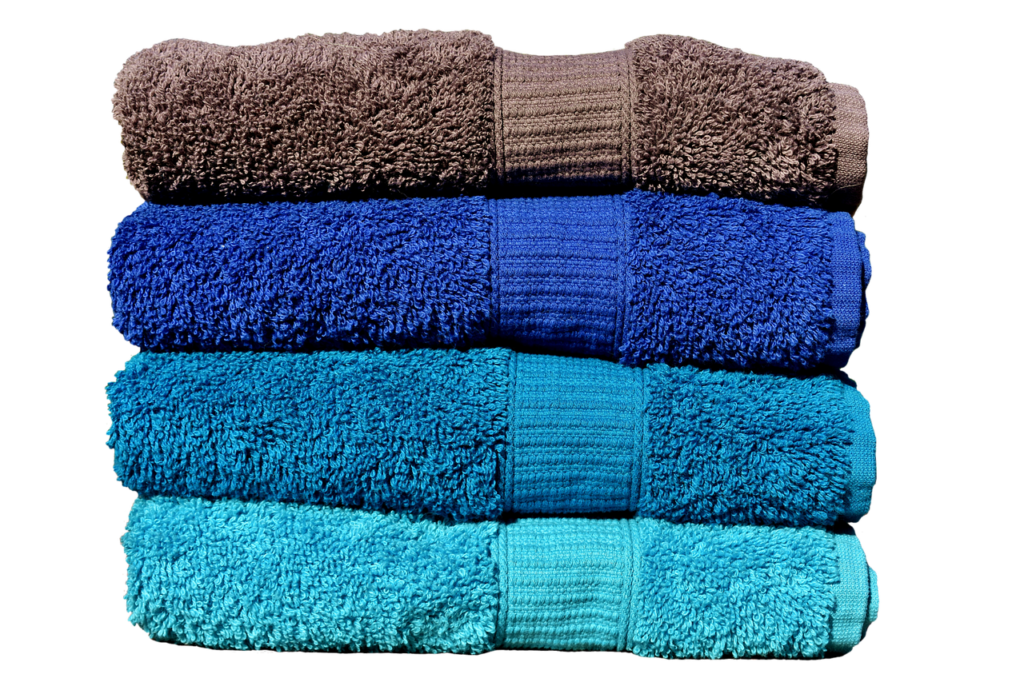
Towels
Hand towels are a wonderful alternative to yoga straps, especially in poses that require holding one foot (like supta padangusthasana or mermaid). To mimic the function of a yoga strap, unfold the hand towel completely and then refold it in half in the short direction two or three times until you have a long, skinny towel that can be used as a foot loop. Belts, scarves, and even dog leashes are all equally as effective as a hand towel, and these items also have the bonus of being longer and therefore allowing you to make a bigger loop with the prop. Plus – in a pinch, a bath towel can serve as a stand-in yoga mat when you don’t have access to your mat (traveling or the beach, anyone?)! Just be careful to use it on carpet, grass, sand, or some other non-slip floor – NOT on wood, tile, or any other smooth surface.
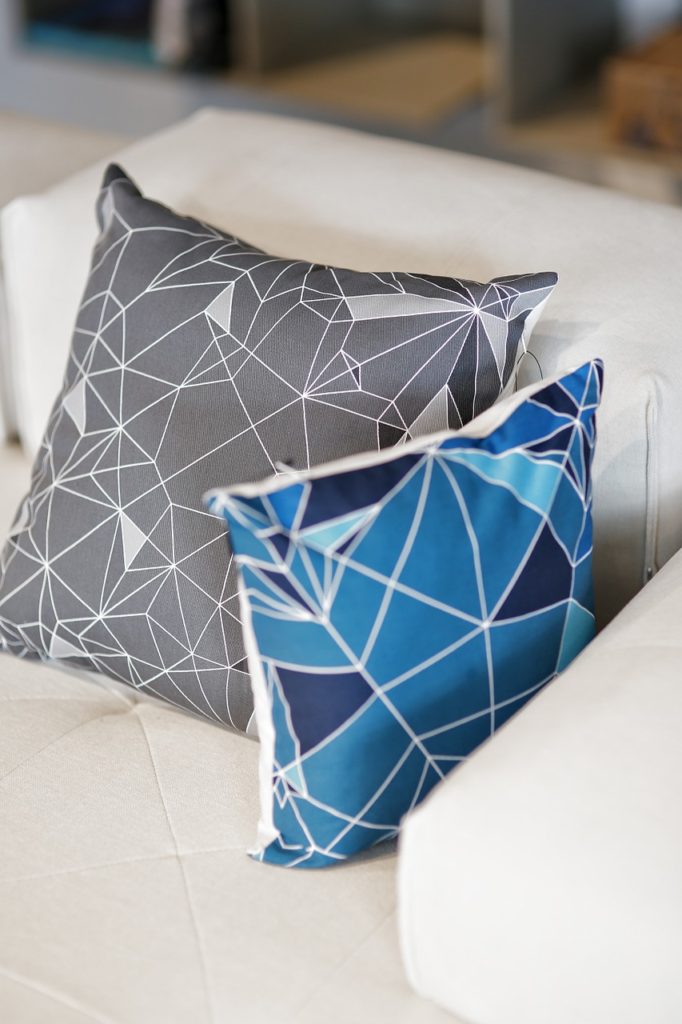
Pillows
As of the time of writing this, I must honorably confess that I am a yoga teacher who does not own a bolster. Many students do not have yoga bolsters, and that’s okay! These pricey yoga props are undoubtedly a wonderful addition to your home practice, but they are not necessary. Two to three bed or couch pillows can be substituted for a bolster in just about any situation. Denser pillows are better, but again, I want to emphasize that any pillows will do – and you can stack several to create a denser and higher support. Pillows propped at an angle on top of yoga blocks make a great restorative reclined setup, and stacking pillows provides cushioning for Yin-style forward folds. Additionally, sitting on pillows provides height during seated postures and meditation, and flatter bed pillows help comfort the lower back, knees, and head in savasana. So during your next yoga practice, grab 2-3 pillows and get creative with inventing different uses for them!
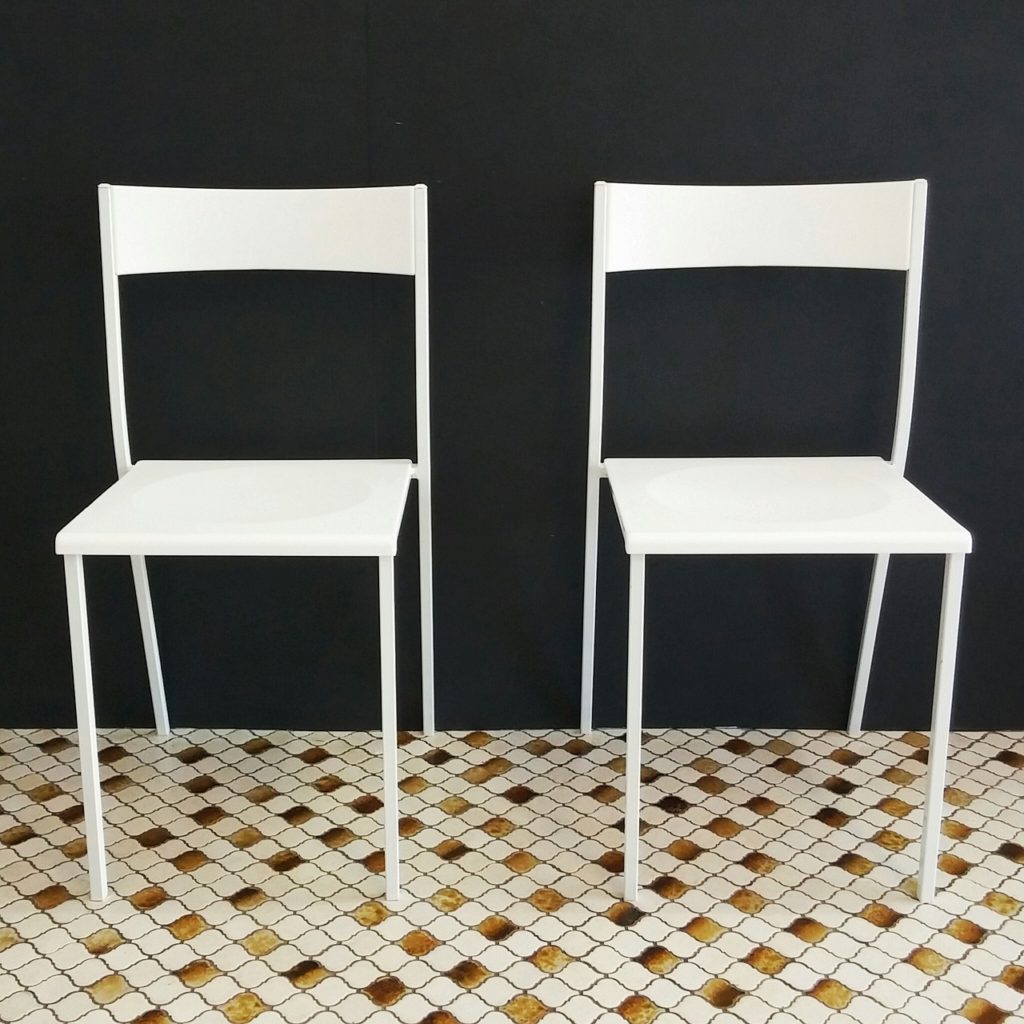
Chair
Kitchen chairs are a wonderful source of support and height, particularly in balancing postures! Utilize the back of a chair as a hand-grip to steady yourself, such as in Warrior II and Warrior III. Additionally, the seat of a chair is very stable and so acts to bring the floor higher up, which can be advantageous in balancing poses. One of my favourite uses of a chair is as a resting place for my bottom hand in Ardha Chandrasana (half moon pose). Sitting in a chair for meditation is also very nice, particularly if you feel that your spine is rounding when seated on the floor. To sit for meditation in a chair, come to sit on the front half of the chair seat, plant your feet flat on the floor, and find a tall spine with the head and shoulders stacked over the hips.
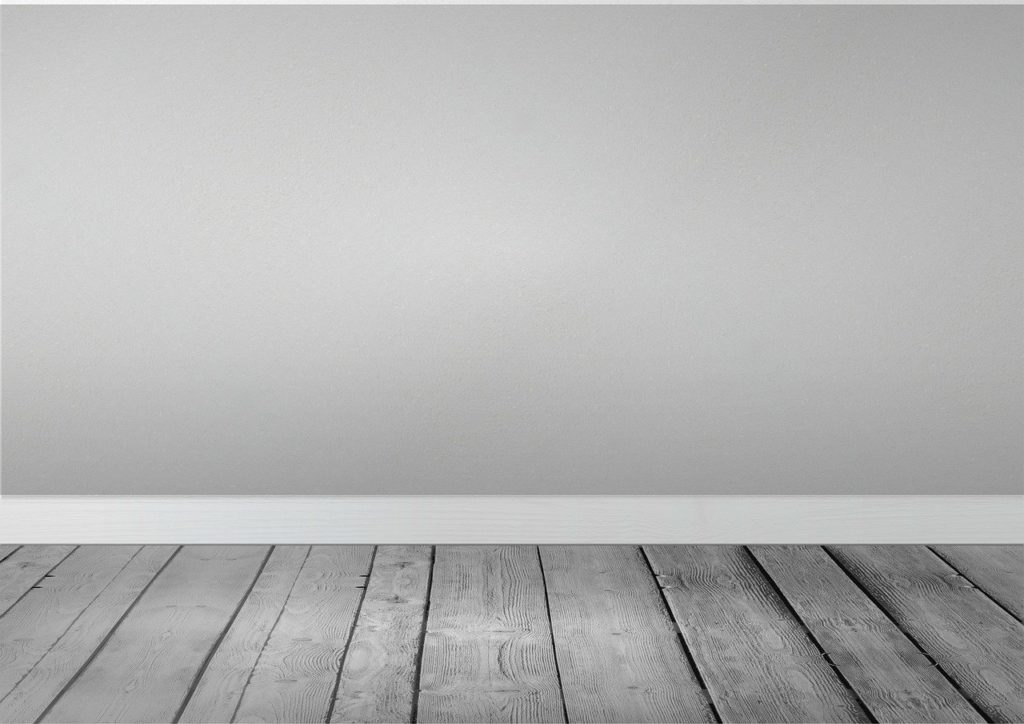
Wall
No matter what style of yoga you practice, there is a purpose for a wall. If you practice Ashtanga, Hatha, or Vinyasa, walls provide excellent support for balancing and complex postures. For example, I love teaching Warrior II, Warrior III, and splits against the wall. If you are challenging yourself with inversions, the wall can provide wonderful support in everything from sirsasana (headstand) to pincha mayurasana (forearm balance). And if you practice Yin or restorative, then legs-up-the-wall, reclined side splits, and supta baddha konasana with the legs on the wall are all wonderful gentle inversions made super-supportive by the wall.
While these are just a few of my favourite at-home yoga props, this list is by no means exhaustive and there are plenty more at-home props to assist you in your home yoga practice. Get creative, invent new uses for objects around your house, and leave a comment sharing YOUR favourite at-home props!

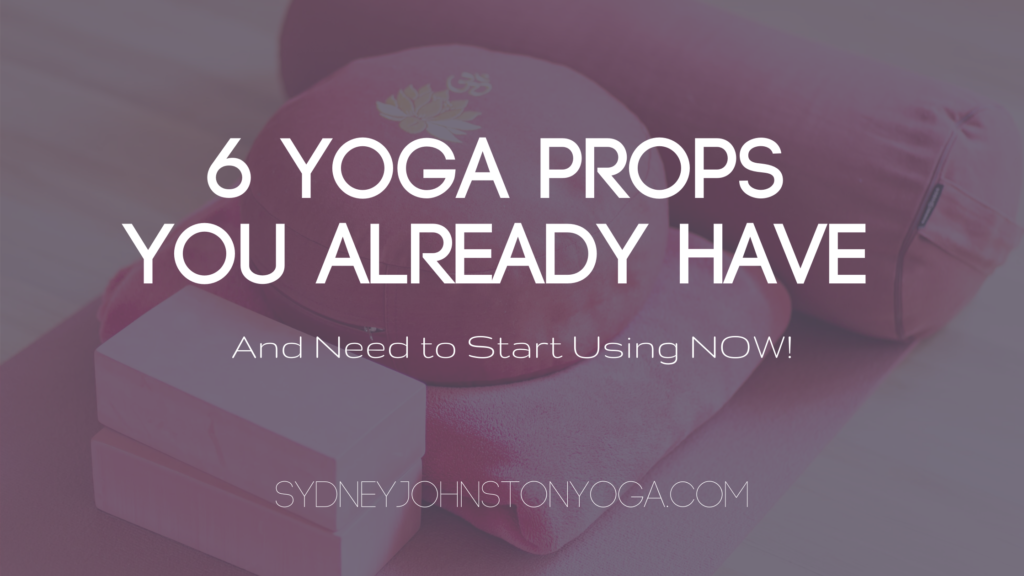
Pingback: 10 Ways to Use a Wall in Your Yoga Practice (and WHY You Should be Using a Wall When You Yoga) – Sydney Johnston Yoga